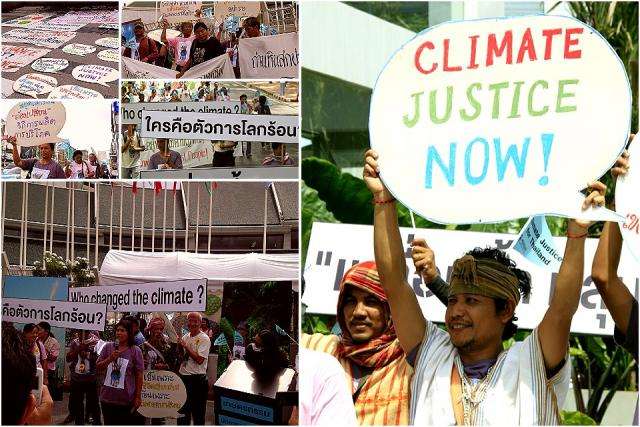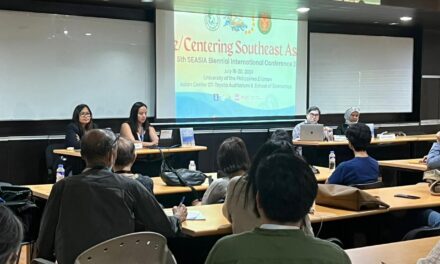Monday 19th June 2006, Bretton Woods Project
“Walden Bello, of NGO Focus on the Global South, points out that the Bank was heavily criticised after Hurricane Mitch in Central America for fast-tracking privatisation of transport, utilities and water; and again after the Asian tsunami for “placing emphasis on the rehabilitation of commercial enterprises such as prawn farms and tourist resorts”. He argues that long-term relief and recovery aid “should be managed by a consortium led by UN agencies, with the role and programmes of the World Bank set by this grouping.”
In May the Independent Evaluation Group (IEG) published an evaluation of World Bank assistance for natural disasters. The evaluation finds that the Bank lacks a strategic approach to disasters, is failing to integrate disaster preparation in its lending, and lacks sufficient expertise or coordination mechanisms. Critics of the Bank believe that the “rehabilitation and relief complex” is using disaster reconstruction as a lever for market-based reforms.
The World Bank is the largest funder of disaster recovery and reconstruction in the world. Since 1984 the Bank has financed 528 projects that addressed natural disasters, representing more than $26 billion in lending – almost 10 per cent of all Bank loan commitments. Bank financing was most frequently requested to respond to flooding, followed by drought and fire. Sub-Saharan Africa and Latin America were the regions with the largest numbers of disaster projects. Lending has been highly concentrated, with 10 countries accounting for nearly 40 per cent of activity. Bank non-lending services include “convening of donor meetings, provision of assistance with post-disaster assessments, study preparation and technical assistance”.








